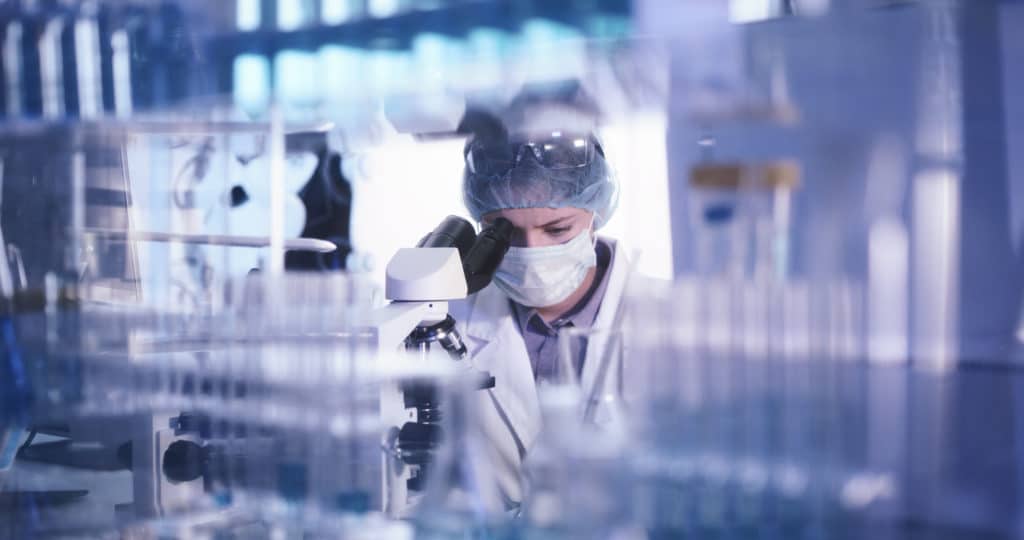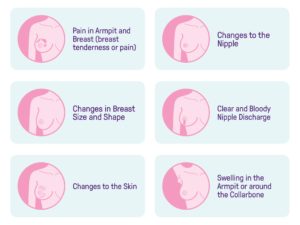- Research
- 2022-2026 Research Strategy
- Open Clinical Trials
- Closed Clinical Trials
- What is a Clinical Trial?
- Why Participate in a Clinical Trial
- Remote Telehealth Pre-Screening Process
- Research Achievements
- Publications
- Research Development and Funding
- Participating Intitutions
- International Collaboration
- BCT Trials & Projects Summary
- Translational Research
- Clinical Fellowship Program
- International Fellowship Support
- Annual Scientific Meeting
- Travel Grants and Awards
- About
- Our Impact
- Fundraise
- Donate
- Researcher Login
- Cart
What are Breast Cancer Stages and how are they different from Types?
A breast cancer diagnosis will be categorised into a stage, which is determined by the cancer’s characteristics such as how large it is, if it has spread to other tissue inside the breast or has spread to other parts of the body.
The type of breast cancer is determined by a tissue sample and helps to determine what treatment you should receive. It is a descriptor of where the breast cancer originated, your cancer’s pathology, if you cancer is fuelled by hormones and the genetic makeup of your tumour.
Your doctor will consider your breast cancer type and stage when planning your treatment.
A breast cancer can be described as being stage 0 to stage 4, with the prognosis becoming increasingly negative as the number increases.
Stage 0: Stage 0 is sometimes used to describe non-invasive breast cancers such as DCIS. In this stage, there is no evidence of cancer invading into the surrounding breast tissue. It has been diagnosed early and remained in the breast ducts or milk glands.
Stage 1: A stage one breast cancer means the cancer is less than 20mm in size and has not spread to nearby lymph nodes.
Stage 2: The cancer has grown to more than 20mm in size and/or spread to nearby lymph nodes.
Stage 3: The cancer is more advanced and is harder to treat. The cancer has not spread to the bones or organs but is larger and can be found in more lymph nodes and/or invasion of the chest wall or skin around the breast.
Stage 4: The breast cancer can now be found in other parts of the body, having spread through lymphatic channels or bloodstream, from the breast and lymph nodes. The most common sites are bones, lungs, liver, and brain. The cancer is now considered metastatic or advanced.
A breast cancer diagnosis can also be described as:
Local – Cancer is confined within the breast
Regional – The lymph nodes, primarily in the armpit, are involved
Distant – Cancer is found in other parts of the body, having spread beyond the breast.
More commonly, a breast cancer diagnosis is described as either early-stage, locally advanced or metastatic:
Early-Stage Breast Cancer
Early breast cancer is an invasive breast cancer that is contained in the breast and may or may not have spread to the lymph nodes in the breast or armpit. The aim of treatment for early breast cancer is to remove the breast cancer and any cancer cells that may be life in the breast, armpit, or other parts of the body, but cannot be detected. Treatment can involve radiotherapy, breast surgery, chemotherapy, hormonal therapies, and targeted therapies. The goal of treatment is to eradicate all cancer cells.
Locally Advanced Breast Cancer
Locally advanced breast cancer is an invasive breast cancer that is large or has spread to areas near the breast, such as the chest wall. However, there are no signs the cancer has spread beyond the breast region or to other parts of the body. The goal of treatment is to eradicate all cancer cells, however this is more difficult and the prognosis is not as good as early stage breast cancer.;
Signs of locally advanced breast cancer can include a lump in the breast or armpit that doesn’t move freely but feels attached to the chest wall, a lump at the base of the neck, ulcers on the breast, dimpled skin that looks like an orange peel or a large red, swollen breast. Treatment for locally advanced breast cancer will usually involve a combination of breast surgery, chemotherapy, radiotherapy, targeted therapies, or hormonal therapies.
Metastatic Breast Cancer
Metastatic breast cancer, also known as advanced, secondary, or stage four breast cancer, is a breast cancer which has spread to other parts of the body such as the bones, liver, or lungs. Many people who are diagnosed with metastatic breast cancer have been diagnosed with breast cancer before. However, for some it can be the first diagnosis of breast cancer.
Metastatic breast cancer occurs when cancer cells break away from the cancer in the breast and move through the blood vessels or lymphatic vessels and form a new cancer growth in other parts of the body.
Every metastatic breast cancer diagnosis is different and will therefore require different treatments. Despite the cancer growths being in other organs such as the lung, it is called ‘breast cancer’ and is treated as breast cancer. The aim of treating metastatic breast cancer is to control the growth and spread of the cancer, to relieve symptoms and improve or maintain quality of life. Treatment options will depend on what is most likely to control the cancer and what side effects the patient can cope with. Treatment for metastatic breast cancer can include hormonal therapy, chemotherapy, targeted therapy, radiotherapy, and surgery.


